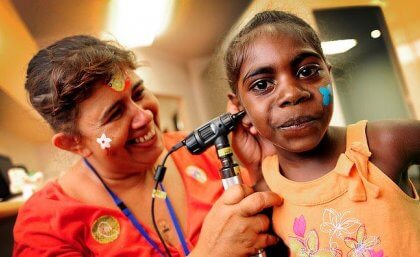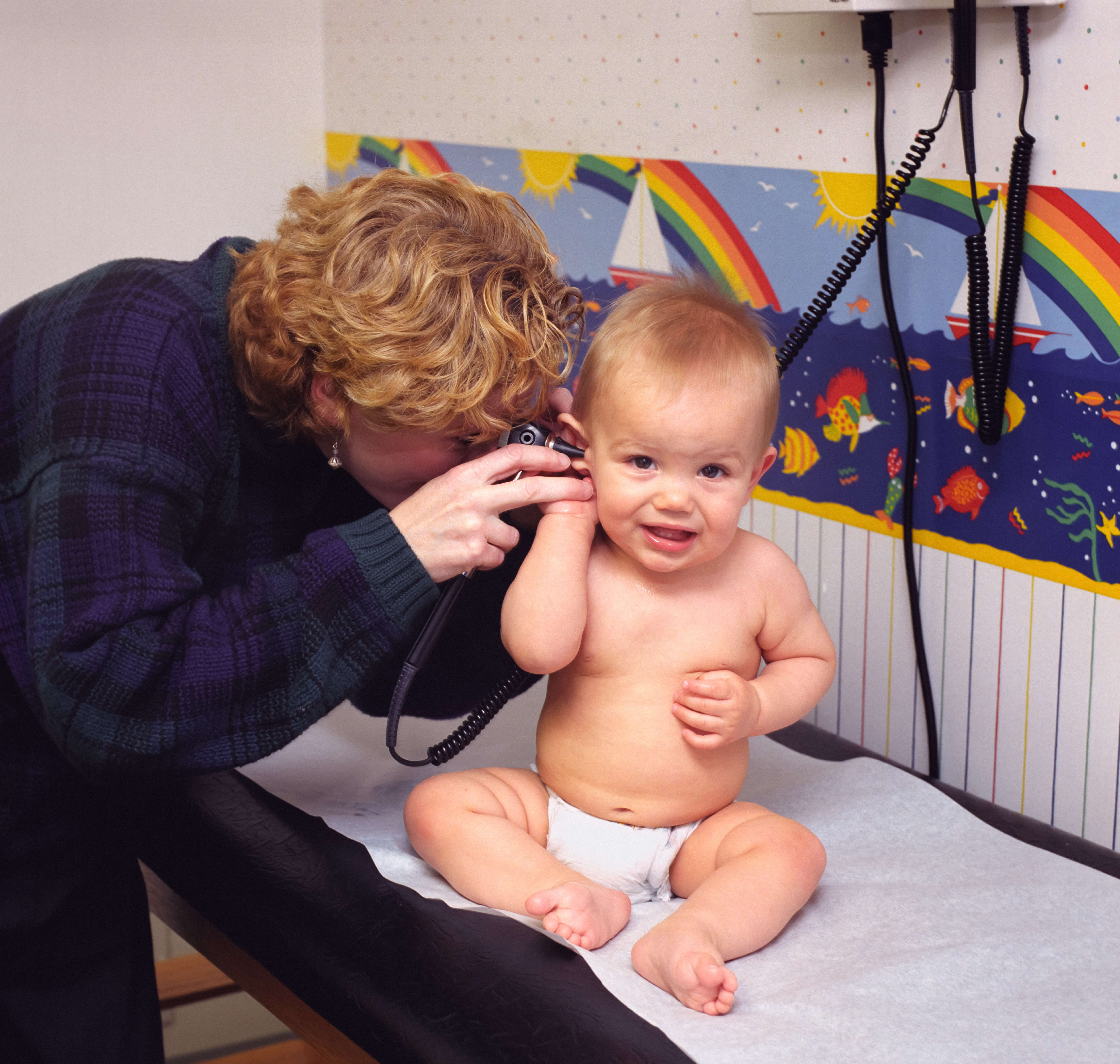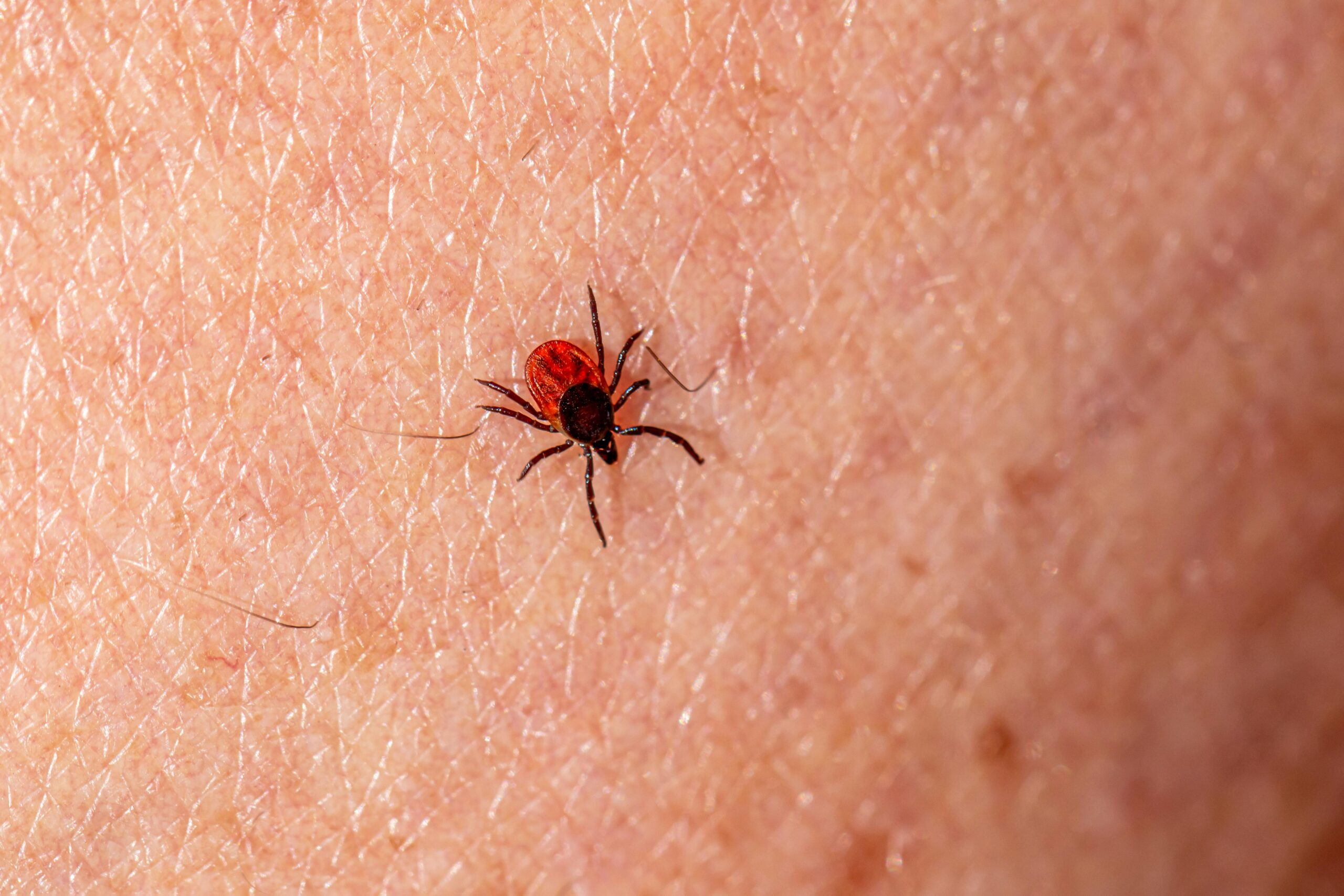Groundbreaking microbiome research gives high-risk indigenous children a fighting chance against the potential threat of hearing loss. Bacteria living within the upper respiratory system are working with infection-causing bacteria to stave off middle ear infections within indigenous communities where children are highly susceptible to recurrent middle ear infections, according to the study. This discovery of interacting bacterial ecosystems can impact treatment and prevention in the future, say, scientists.
Long-term Effects of Chronic Middle Ear Infections
Chronic middle ear infections are rampant among Aboriginal and Torres Strait Islander children, affecting between one third to one-half of these groups of children. This amount is well above the four percent that the World Health Organization deems a disease requiring crucial public health intervention.
This percentage of infected populations is alarming, and so are the potential long-term health problems and sociological concerns that stem from these recurring middle ear infections. This disease can contribute to hearing loss, speech and language development issues, educational gaps, and job opportunities in the future. The downward spiral of this health crisis could also contribute to widening the gap within the Aboriginal and Torres Strait Islander population regarding education and employment opportunities.

Promising Findings in the Upper Respiratory Microbiome
The University of Queensland research observed the microbiome of 103 children, all between the ages of two and seven, from two communities in Queensland. Researchers found an interaction of bacterial ecosystems in the microbiomes.
“By focusing on the microbiomes in the upper respiratory tracts of disease-resistant kids, we could investigate the ecological networks of bacterial interactions that seemed to be working together to protect against the condition.[…] It was clear that these two groups of bacteria needed to not only be present but to be interacting with each other, to provide protection from middle ear infections” explains Dr. Seweryn Bialasiewicz in a statement.
Treatments and Prevention on the Horizon
The connection and interaction between the bacterial microbiome in the upper respiratory tract and bacteria that cause ear infections give doctors hope for treating high-risk patients. This treatment could be utilized on patients at a very early age to help prevent the onset of middle ear infections.
“This could take the form of a molecule that can be used as a drug for treatment, or as a protective probiotic so that these ‘good’ bacteria can be seeded in the nose early enough to offer protection against the incoming ‘bad’ bacteria,” adds Dr. Bialasiewicz.
This research is unearthing possibilities for therapeutic treatments and preventive measures to protect high-risk indigenous populations in Australia and around the globe. Researchers and medical professionals are hopeful that this discovery of interacting bacterial ecosystems will impact health and wellness in communities now and well into the future.
This study is published in Microbiology Spectrum.












